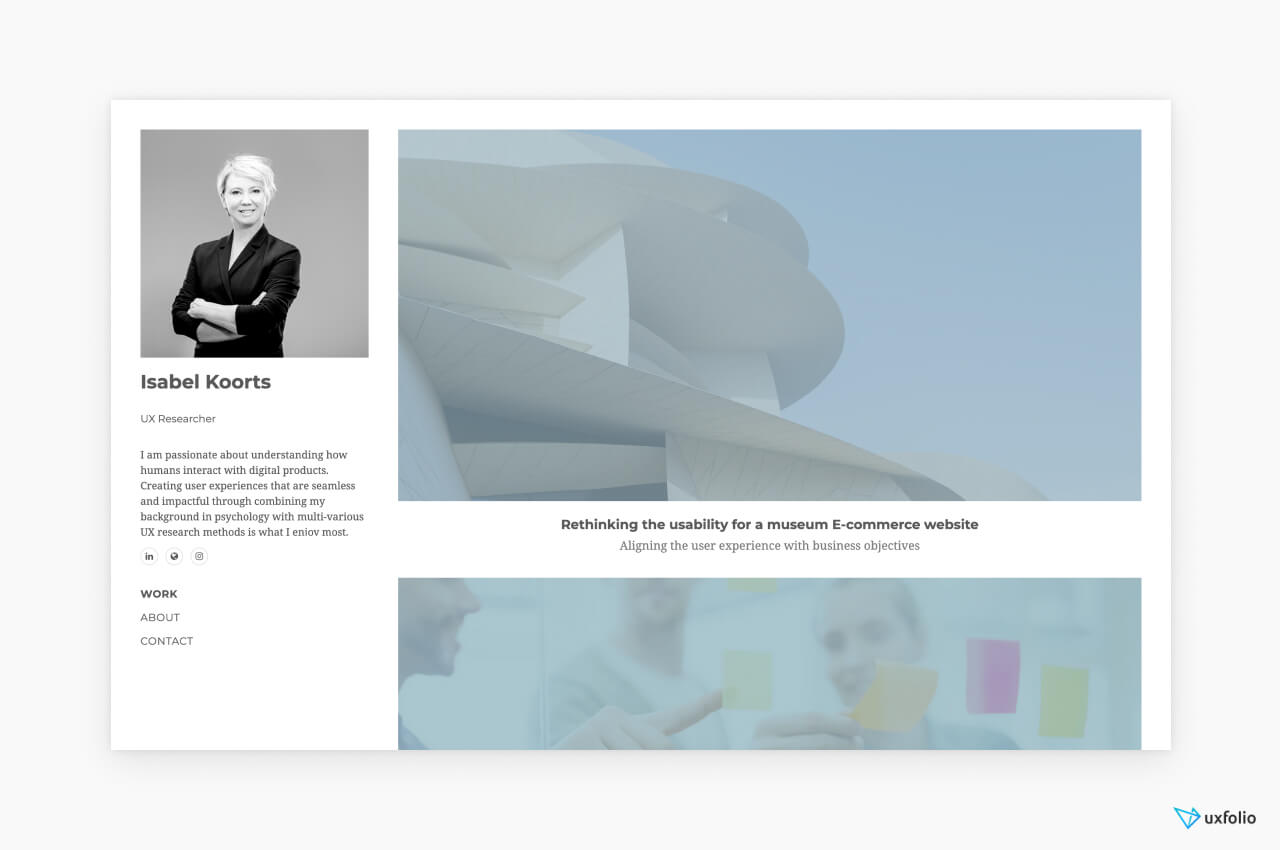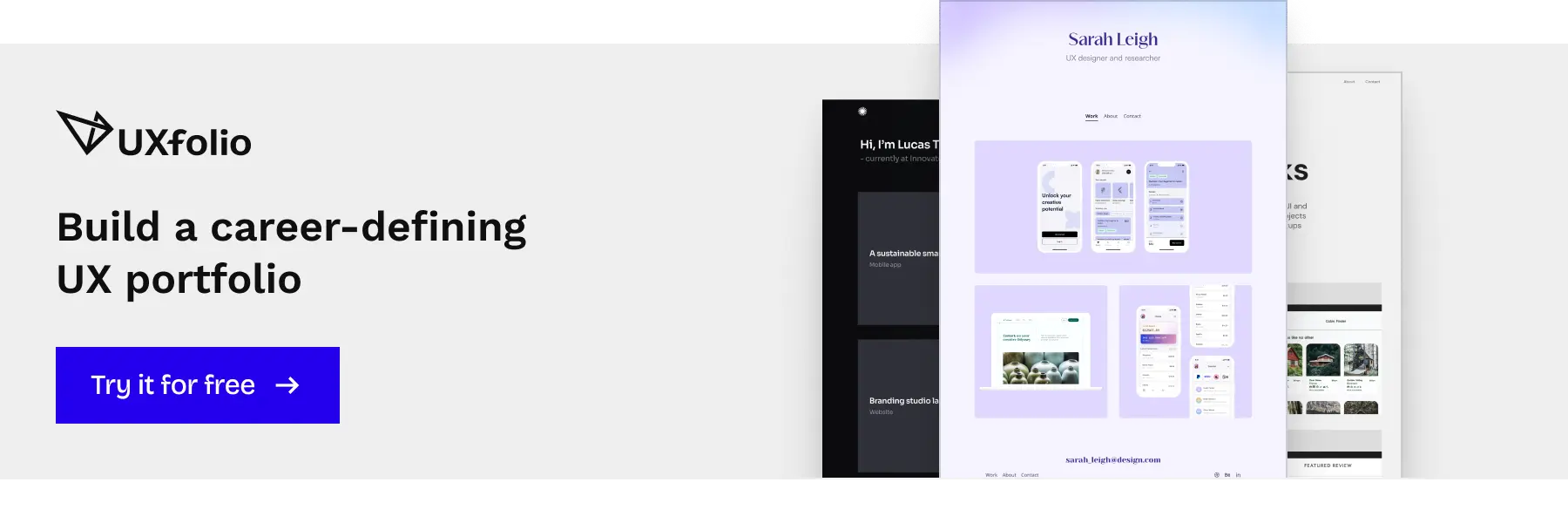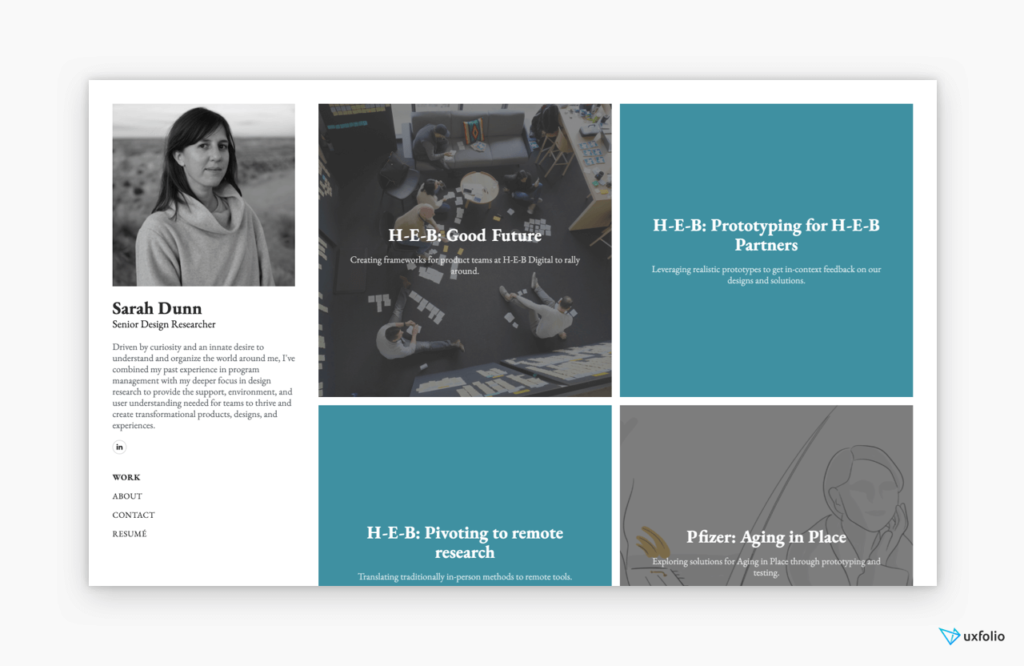We could call internships career shortcuts. In a competitive field like UX, experience makes the difference. So much so that it’s required even on the junior level. And the easiest way to gain real-life experience before actually entering the job market is to do a UX research internship. This’ll give you an unbeatable advantage, especially if you approach it with a strategy, like the one in this article.
What is a UX research internship?
An internship is the short-time employment of novice UXers, allowing them to gain relevant experience, to be exposed to the daily tasks of researchers, make industry connections, and develop necessary soft and hard skills. Internships are part-time (usually 40 hours a week) and last around 12 weeks. However, there are longer internships too, many of which end with a full-time job offer.
Why should you consider an internship?
Having been the best student in college or university is a fantastic achievement, but it doesn’t translate to the real world. Throughout the years of developing UXfolio, we’ve talked to many UX designers and researchers, fresh out of school. Almost all of them listed lack of experience as their biggest obstacle on the job market.
In increasingly popular fields – such as UX – you need to build an edge if you want your job hunt to be as short as possible. And UX researchers have it even harder: Most companies are looking for unicorns – UXers, who do everything from research to UI design. This also means that finding real UX researcher positions is tougher. Therefore, you can expect tougher competition as well.
Those who walked before us already know about the junior paradox: entry-level jobs asking for 1-2 years of relevant experience. Unfortunately, this requirement has been around since the infancy of the industry and it’s here to stay. So, we have to work with it or around it. That’s where options like pet projects, but even more importantly – UX research internships come to the rescue.
What can you gain from a UX research internship?
They will get you the necessary experience to launch your UX career, but they’re much more than that. Here’re are the most important things you can gain from an internship:
1. Professional network
Fresh out of school, your network mostly consists of people who are in your shoes. However, if you do internships throughout your studies, you’ll build a network of successful people with their own network of successful people. A spiderweb of people. Therefore, when you enter the job market, you’ll have the necessary experience and a strong professional network.
And that’s an incredible combination, as referrals are still the easiest way towards landing interviews. So, when you’re doing an internship, make sure to seek out mentors, build relationships with your peers, and establish professional connections before you leave (add them on LinkedIn).
2. Apply your knowledge to real-life situations
Knowing UX research methods and practicing them in an academic setting can be very different from doing the same in the real world. You have other departments, stakeholders, budgets, cancellations, cuts, and many other things that can affect your work, sometimes unexpectedly. Applying your knowledge in such pressurizing scenarios is what makes you an experienced professional.
During your internships, you’ll get a glimpse into all that. You’ll learn about the possibilities and limitations of being a researcher in a team or alone at an organization that wants to make a profit. And your case studies will give you the opportunity to share how you’ve done.
3. Teamwork
If a company hires a UX researcher, they probably will have a UX designer, UI designer, or an entire product team. You will have to cooperate with those people on a daily basis. What’s even more important is that your findings and ideas will need to get through all of them in order to be reflected in the finished product.
This requires lots of teamwork and soft skills. While team projects give a glimpse into this world, again, it can be quite different in vivo, especially when sales and marketing enter the scene.
4. Projects for your portfolio
Finally, you can write all the experience up into neat case studies that will be sitting pretty in your UX researcher portfolio. Yes, UX researchers need portfolios too, and the strongest portfolios are almost always made up of real-life projects. You can land such projects through pro-bono work or internships.

What do you need to become a UX researcher?
There are two factors that’ll put you ahead of the competition. And these factors are tightly intertwined:
- Education, and
- Experience.
These factors can make or break your career, and they need to be featured prominently on your resumé and your portfolio.
UX researcher education
This is pretty straightforward. Unlike UX designers, most UX researchers are required to have a degree that agrees with the profession: psychology, sociology, or pedagogy. Your chances of landing a job without having a relevant degree will decrease. But don’t feel discouraged! This doesn’t mean that you can’t become a UX researcher. You can, but you might have a harder time landing a job than someone with a psychology degree. If you’re willing to put in the work and gain an edge with other aspects of your application (such as experience), you’ll succeed.
UX researcher experience
We’ve already discussed the importance of experience, so let’s take a more practical approach here:
- Almost all job descriptions call for at least 1-2 years of relevant experience
- You’ll be required to present a portfolio, for which you need projects. To have projects that can be turned into case studies, you’ll need experience.
How to land an internship?
How hard it’ll be to land an internship will depend mostly on your location. Some areas will have more opportunities than others. If you’re planning to do an internship, make sure you take this and other individual factors into consideration.
1. Think ahead, apply early
Internships are usually seasonal. Summer internships are the most common, but there are many companies that have opportunities for the fall too. Make sure to dig into this type of information and align everything with your studies and personal life.
Bigger companies will start the intern recruitment process way earlier than smaller companies, and they close the process way before the internship begins. That’s because they work within stricter, more calculated schedules. Furthermore, they’ll also have way more applicants. Smaller companies might start the recruitment process later, and the competition is much more relaxed. However, their logo might not garner as much attention on your CV as that of a vanguard tech giant.
If you’re not sure about the schedules, just drop a message or email to the HR departments, so you can plan ahead.
2. Create a portfolio of school projects
Planning also means that you should have your material ready: resumé, cover letter, and portfolio. Now, if you’re doing an internship to have case studies for your portfolio, what could you possibly put in your portfolio before the internship even starts? The answer is: school projects.
It doesn’t matter that they aren’t UX-related, they’ll still show your potential and eagerness to work. Also, there will be many applicants without a portfolio, so having one will give you extra points.

3. Focus on the cover letter
Your personality, passion, and dedication can make or break your application. Since internships are very much about mentoring, you need to be a good fit for the team. That being said, having a great, enthusiastic cover letter will go a long way. Here’s a guide on writing a great cover letter. As a student, you should focus on
- your passion for the field,
- your strengths as a researcher,
- how you could contribute to the team,
- and what you’re expecting to learn.
4. Prepare for the interview
The interview for the UX research internships is all about passion and personality. Your interviewers will know that you don’t have real-life experience, so what they will focus on is finding the best match for the company and the team. Therefore, you should show your dedication, and prepare with engaging, well-worded answers for general UX researcher interview questions.
Where to find internship opportunities?
Finding internship opportunities is not that hard. A simple Google search will give you plenty of posts. However, you might want to take the road less traveled to make sure that you know about the opportunities that you’re passionate about:
1. Make a list of career pages
Let’s begin with the one method that isn’t done by too many people: think of companies you’d like to work for. Make a list of them, as long as possible. Look up their careers pages and save the links alongside your list.
When application season begins, go through those pages and apply directly from the companies pages. Make sure to let them know that you want to work for them specifically, and also include the why’s. It’s hard to resist someone who’s passionate about your product and company.
2. Build a network
Hop on LinkedIn and add senior UX researchers from the companies you want to work with by sending them a LinkedIn connection message. Once they accept to connect, ask them if there’re any internship opportunities at their company. Many seniors want to give back to their professional community, so they help fresh talent whenever possible. Being referred by a senior will solidify your application. Just don’t harass them.
3. On Campus
Depending on what you’re studying, you might find some amazing internship opportunities in campus newsletters and career centers. The good thing about this is that those companies might want interns specifically from your school, so you might have an easier job. The bad thing is that other students will be applying for the same jobs. It’s still a great option.

Planning for your UX researcher portfolio
Approach your internship with your future portfolio in mind. This’ll make your life much easier down the line:
1. Make and save images
Images make case studies much more engaging. But many UXers find that when they begin to build a case study about a project in the past, they’re short on visuals to include. To avoid this problem, make images with the team, photograph the whiteboards, save iterations (if allowed), and upload them to a drive or a draft case study in UXfolio. Your future self will thank you.
2. Ask for quotes and recommendations
Before leaving the internship, ask your seniors to write short recommendations about you that you can use for your future applications and in your portfolio. Some articles say that you should write these recommendations yourself and only ask them to co-sign them, but that can come across as weird sometimes. Instead, just give them enough time to come up with a few sentences for you. And remember, for the purpose of your portfolio, this doesn’t have to be a long, official “letter of recommendation”.
3. Write down your thought
Yes, when you’re juggling school, the internship, and your personal life, the last thing you want to do is keep a diary of your internship adventures. But if you could jot down just a few things that you’ve learned, you’ll have a much easier time when it comes to building your portfolio.
4. Think in case studies
When you do an internship you probably work on a single product. However, you will be involved in different aspects of that product. Instead of doing a single case study on the entire experience, be strategic and create different case studies dedicated to the different research projects you’ve been involved in.
Use UXfolio to build your UX researcher portfolio!
Collect all your internship material into a UXfolio account! UXfolio is the premier tool for UX portfolio building, chosen by many UX researchers and designers. You can use our free plan to keep drafts of your material and to publish 2 case studies. If you want to grow your career, you can move on to the Premium plan to publish more case studies and to enjoy more customization options. Try UXfolio for free!
